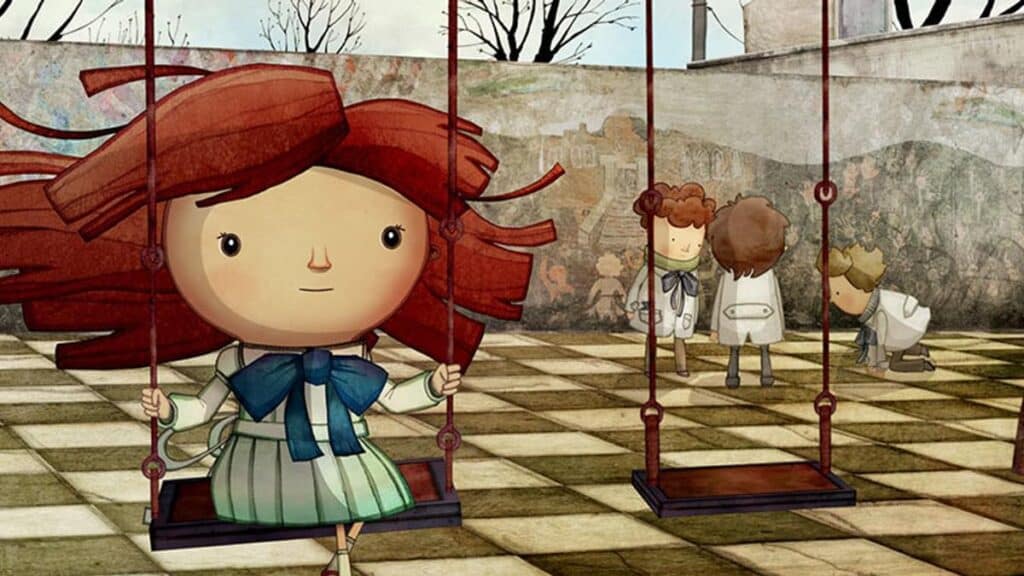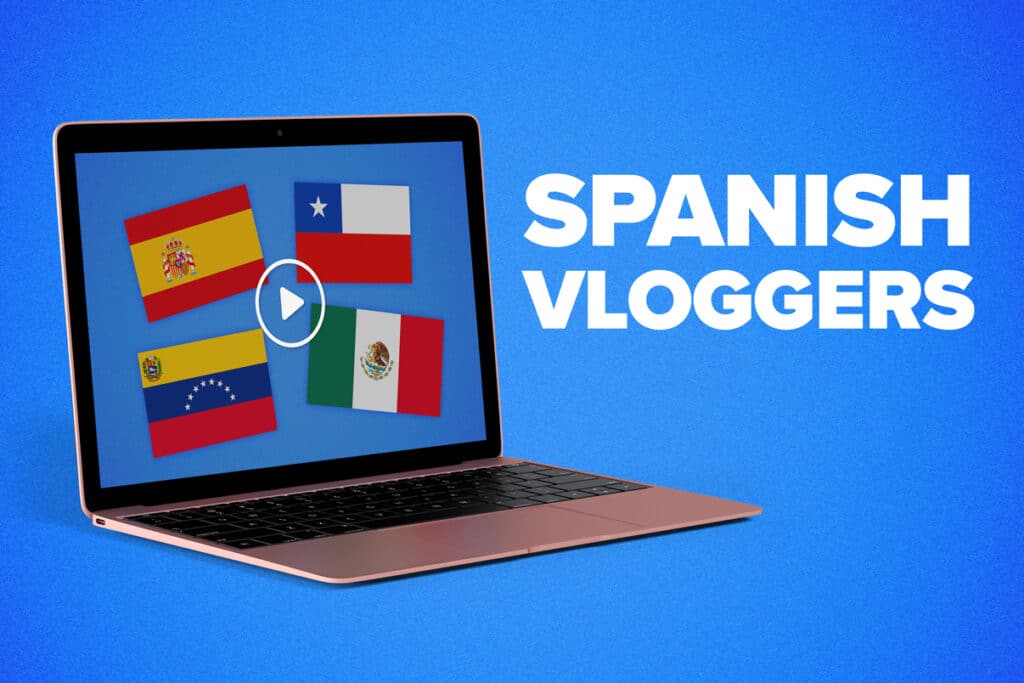25 Best Disney Movies in Spanish [with Catchy Soundtracks]

Disney movies are timeless, magical and enjoyable for all ages. Luckily, for Spanish learners, most of them are available in …

Disney movies are timeless, magical and enjoyable for all ages. Luckily, for Spanish learners, most of them are available in …

From fantastic adventures to gorgeous animations, Spanish family movies make for a great movie night.
They’re appropriate for kids …

I love school, and so do a lot of other people.
The best part about school is it’s an ideal …

If you’re a fan of YouTube, you probably already know what a vlogger is. If not, let’s clear the air.…

No matter what part of the legal arena you favor, learning Spanish will help you.
Sure, you might also need …

Do you dream of having your first conversation in Spanish?
No matter what level you are, having conversations in Spanish …

So many Spanish podcasts, so little time!
But which ones will help you on your way to Spanish fluency?
With …